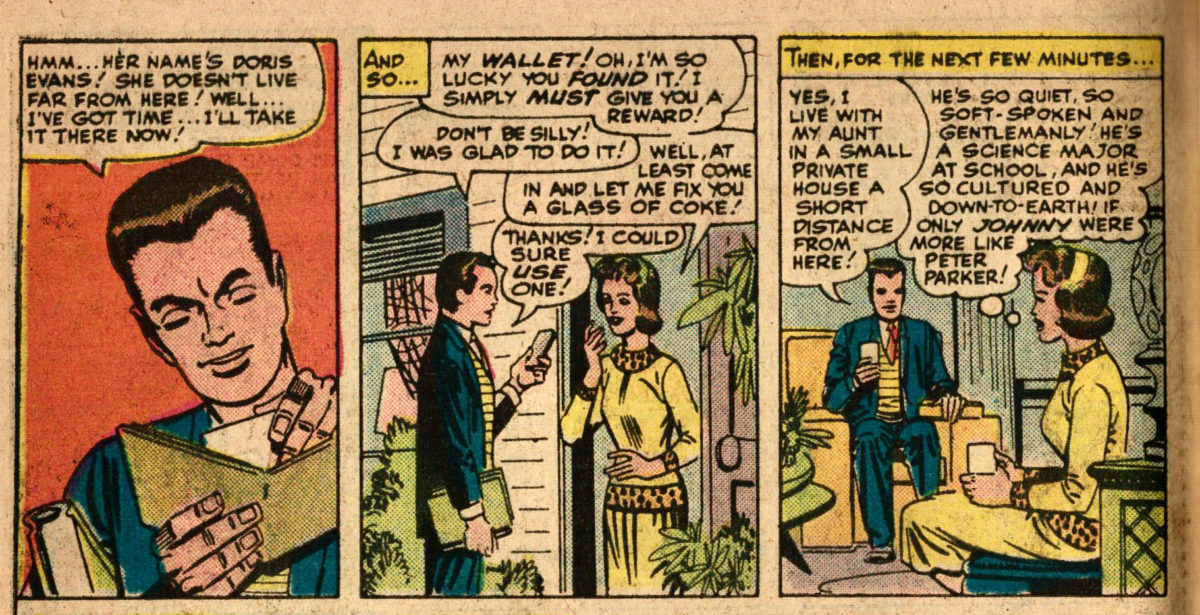Featuring: Fantastic Four
Release: February 11, 1964
Cover: May 1964
12 cents
Unforgettably written in the grand manner by: Stan Lee
Powerfully drawn in the heroic manner by: Jack Kirby
Inked by: George Bell
Lettered by: Art Simek
23 pages
Thing stands alone no longer.
The Avengers and Fantastic Four team up to battle the Hulk. If there’s a better issue that serves as a microcosm for what the Marvel Universe is all about, I don’t know what it is.
I think this is perhaps the best comic cover we have yet come across. It’s very atypical of the Kirby covers in a number of ways. Likely stemming from having to cram an atypical number of characters in. But we see the full figure of each character, each taking up a small amount of cover real estate. He usually likes characters on his covers to be bigger. He also shows less concern about perspective than usual, since we see neither the floor nor any overlapping characters. He allows the action to be basically 2-dimensional and each character to be small, while overlapping none of the characters. He wants us to be able to see each character and their pose clearly. I’m reminded more than anything of posing action figures.
The whole of the scene with its 11 characters still fills a small amount of the cover. Kirby gives a lot of top real estate to word balloons. He could have zoomed in more if he wanted to. He didn’t. He wanted what is probably the widest cover shot we’ve seen yet.

This concludes a two-part Fantastic Four story, the best Fantastic Four story yet, but it’s also part of a bigger saga. It’s been building since Hulk quit the Avengers in Avengers #2, carried over into the Avengers’ battles with Hulk and Namor in Avengers #3 and #4 and will have an epilogue in Avengers #5, where the Avengers have one last encounter with Hulk, at least for now.
Still, it doesn’t really end there. Events at the end of Avengers #5 lead directly into issue 6, which itself ties in with Sgt. Fury #8. And the Hulk’s story continues, with the toll these events have taken on him leading indirectly to his upcoming battles with Spider-Man and Giant-Man. These two issues are at the center of a giant interconnected web of stories, which revolve around Hulk being (justifiably) upset with how the world’s been treating him.
It’s all part of the long build-up to Hulk finally getting his solo adventures again. He was the first superhero of the new Marvel Age to have his title cancelled and will be the first to be revived.
Continue reading “Fantastic Four #26”

































